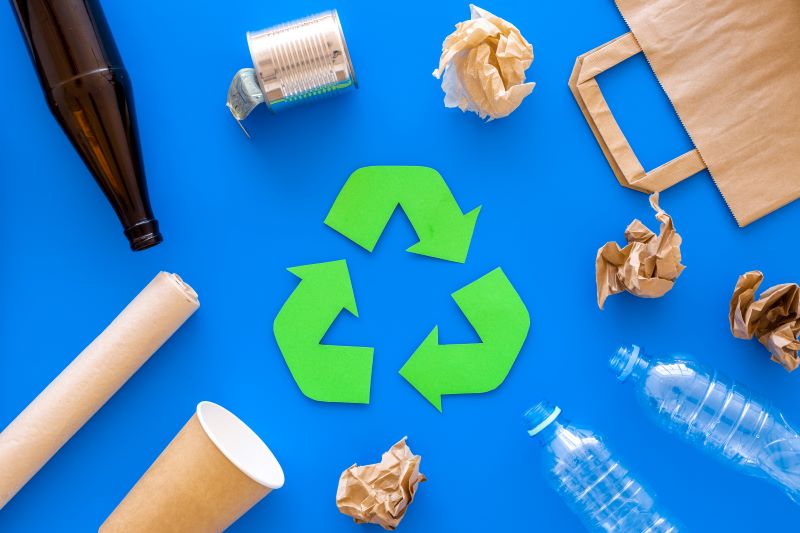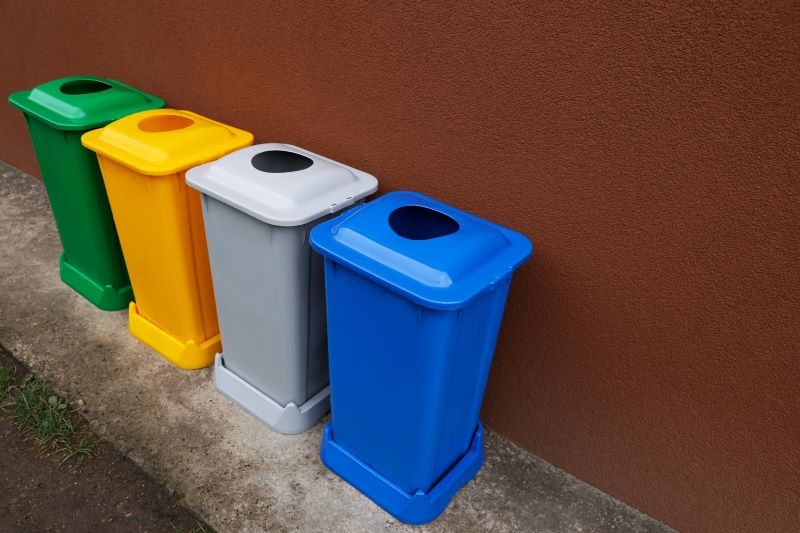The arrival of 2025 not only means a change of year in the calendar, but also, as of 1 January, a number of new legal obligations related to the marking and labelling of packaging have come into force. These rules are derived from Royal Decree 1055/2022 of 27 December on packaging and packaging waste. They aim to improve recycling and reuse and seek to standardise the information that consumers need to deposit packaging waste correctly in containers. They also seek to align labelling obligations with the future provisions of the PPWR, the European Packaging and Packaging Waste Regulation.
What are the new legal obligations on packaging marking?
These are the main obligations under the new legislation that manufacturing companies must take into account:
- Visibility and legibility of the marking. The marking on packaging must be clearly visible, legible and durable, so that it is retained even after the packaging has been opened. To this end, the information must appear in an appropriate font size and be located in a place that is easy to find and read.
- Indication of the destination container. It is mandatory that the fraction or container where the waste is to be deposited is clearly identified. This makes the sorting process for recycling easier, as users will know where to dispose of each product or packaging material. If this packaging is made up of different separable materials, the specific container for each of them must be indicated. A marking/sticker can be found at www.rajapack.es to help you comply with this regulation.
- Use of a symbol on reusable packaging. Reusable packaging must include a symbol that is associated with the Deposit, Return and Refund System (DRS). With this system, consumers can return packaging to the point of sale so that it can be reused, boosting the circular economy and reducing waste.
- Certification for compostable plastic packaging. Plastic remains in the spotlight. Compostable plastic packaging must report certification according to UNE-EN 13432:2001: Packaging. Requirements for compostable and biodegradable packaging. Test programme and evaluation criteria for the final acceptance of the packaging. This ensures that the plastic is compostable and will biodegrade properly.
- Labelling of compostable packaging. Compostable packaging, both for home and industrial composting, must be labelled “do not leave in the environment”. In this way, users are made aware of the importance of not leaving these materials in nature in order to avoid environmental damage.
- Information on hazardous substances. Producers and manufacturers must provide detailed information on the composition of their packaging and the presence of possible hazardous substances.

Voluntary packaging marking indications
In addition to these obligations, this series of recommendations for additional information on the labelling of packaging should also be considered.
- Packaging material. It is recommended that packaging should indicate the material of which it is made.
- Recyclability of packaging. Users will know if a packaging is recyclable and how it should be recycled to make the process more effective.
- Amount of recycled material. Indicating the percentage or amount of recycled material used in the manufacture of the packaging increases transparency and demonstrates a commitment to sustainability.
- CRPAS symbol. The Extended Producer Responsibility Collective Schemes symbol indicates that the company belongs to these organisations and that it pays for the collection and management of the waste for recycling.
- Green Dot symbol. This pictogram indicates that the company is part of an integrated waste management system.

Prohibitions on the marking of packaging
As well as obligations and recommendations, the regulation also stipulates what is absolutely prohibited on packaging labelling. In this area, it is forbidden to use words or terms such as “environmentally friendly”, as this can cause confusion among users and lead to packaging being abandoned in the natural environment.
The obligations of this regulation came into force on 1 January 2025 and all companies must comply with them in order to ensure that packaging is labelled appropriately. You can consult here the interpretative note published by the Ministry for Ecological Transition and the Demographic Challenge.














